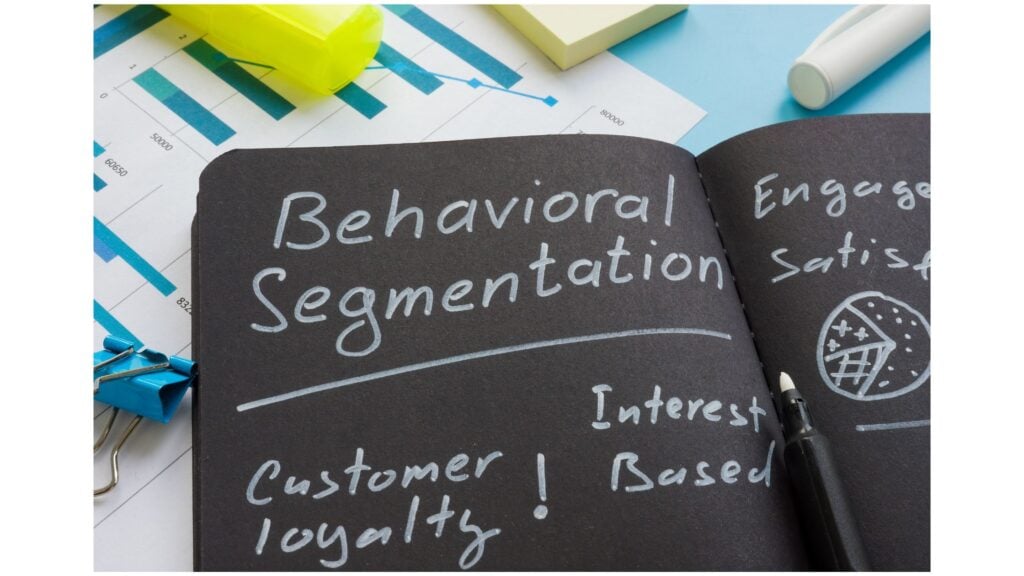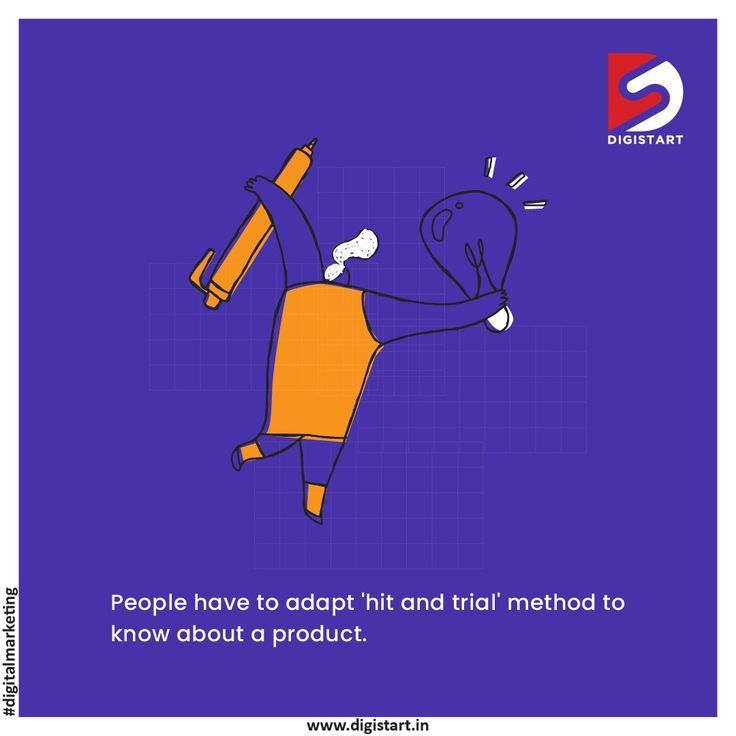Photography in Advertising and Fashion: Commercial Advantages and Impact
Photography in advertising and fashion: commercial advantages and impact
The intersection of photography with advertising and fashion has created one of the virtually powerful commercial relationships in modern business. As visual communication continue to dominate consumer attention, photography has evolved from a simple documentation tool to a strategic business asset with measurable commercial advantages. This examination reveal how photography deliver tangible benefits across advertising campaigns and fashion marketing initiatives.
Visual storytelling and brand identity
Photography serve as the primary visual language through which brands communicate their identity and values. In both advertising and fashion industries, a cohesive visual identity create immediate recognition and build trust with consumers.
Create consistent brand imagery
Professional photography establish visual consistency across all marketing channels. When consumers encounter the same aesthetic quality and style across print advertisements, social media, websites, and catalogs, it reinforces brand recognition. Luxury fashion houses likeChanell andGuccii maintain distinctive photographic styles that consumers can identify regular without see the brand name.
Research indicate that consistent brand presentation across platforms increase revenue by an average of 23 %. This consistency is mostly achieved through cautiously manage photography that adhere to brand guidelines while evolve with current visual trends.
Communicating brand values
Photography convey brand values without explicit statements. A fashion brand focus on sustainability might showcase garments in natural settings with minimal styling, while a luxury advertiser might employ dramatic lighting and exclusive locations to communicate prestige.
The subtlety of this communication make it especially effective. Consumers process image 60,000 times immobile than text, allow brands to transmit complex emotional messages instantaneously. This efficiency make photography an exceptionally valuable commercial tool in fasting pace advertising environments.
Emotional connection and consumer engagement
The commercial power of photography mostly stem from its ability to forge emotional connections with viewers. This emotional engagement translate direct to consumer behavior and purchasing decisions.
Trigger emotional responses
Strategic photography evoke specific emotions that motivate consumer action. Fashion photography might inspire desire, aspiration, or self-confidence, while advertising photography might trigger nostalgia, security, or excitement depend on the product.
Neuroscience research demonstrate that emotionally charge images are remembered recollective and more accurately than neutral images. When consumers make purchasing decisions, these emotional memories influence their choices, oftentimes subconsciously. Brands that successfully create these emotional anchors through photography enjoy higher conversion rates and customer loyalty.
Increase social media engagement
High quality photography dramatically improves performance metrics across social media platforms. Posts with professional images receive 94 % more views and 40 % more shares than text only content. For fashion and advertising brands, this engagementtranslatese direct to commercial opportunities.
The rise of visual first platforms like Instagram and Pinterest has far amplified photography’s commercial value. Fashion brands with compelling visual content can build massive follower bases that function as direct marketing channels. These platforms have basicallmonetizedze photography, create new revenue streams for brands that master visual storytelling.
Product presentation and perceived value
How products are photograph instantly impact their perceive value and desirability. This relationship between visual presentation and consumer perception represent one of photography’s virtually significant commercial advantages.
Elevating product perception
Professional product photography transform ordinary items into objects of desire. Through careful composition, lighting, and post-production, photographers create idealize representations that enhance perceive quality and value.
This perception manipulation have measurable commercial effects. Studies show that high quality product photography can justify premium pricing, with consumers willing to pay up to 30 % more for products present with professional imagery compare to amateur photographs of identical items.
Reduce return rates
Accurate, detailed product photography reduce return rates by set appropriate expectations. This advantage is specially valuable in fashion e-commerce, where return processing costs importantly impact profit margins.
Fashion retailers implement comprehensive product photography — include multiple angles, detail shots, and accurate color representation — report return rate reductions of up to 25 %. With return processing cost between $3 and $$12per item, this improvement forthwith enenhancesrofitability.
Market differentiation and competitive advantage
In saturate markets, distinctive photography create crucial differentiation between differently similar products and services. This visual differentiation translate to significant commercial advantages.
Create visual distinction
Unique photographic approaches help brands stand out in crowded marketplaces. Fashion brands like diesel and Calvin Klein gain prominence partially through photography that break conventional rules. Their distinctive visual languages create immediate recognition and carve out unique market positions.
The commercial value of this differentiation is substantial. Brands with distinctive visual identities command 13 % price premiums on average compare to generic competitors. This premium direct impact profit margins and revenue potential.
Target specific demographics
Photography allow precise demographic target through visual cues that resonate with specific audience segments. By cautiously select models, settings, and styling, brands can speak direct to intend customer groups without explicit messaging.
This visual target increases advertise efficiency by improve conversion rates among desire demographics. Fashion brands that align their photography with target audience preferences see engagement increases of up to 40 % compare to generic imagery.
Digital optimization and analytics
Modern commercial photography extend beyond aesthetic considerations to incorporate data drive optimization strategies that maximize return on investment.
Conversion rate optimization
Strategic testing of different photographic approaches allow brands to identify imagery that drive the highest conversion rates. By analyze how different visual elements affect consumer behavior, companies can unceasingly refine their photography to maximize commercial performance.
E-commerce platforms report that optimize product photography can increase conversion rates by 30 % or more. This improvement represent one of photography’s virtually direct commercial advantages, with clear revenue implications.
SEO and discoverability
Decent optimize photography improve search engine visibility, drive organic traffic to brand websites. With visual search grow quickly, image optimization has become a crucial commercial consideration.
Fashion retailers with optimize image assets report 27 % higher organic traffic compare to competitors with poor image optimization. This traffic advantage translate straightaway to sales opportunities and reduce customer acquisition costs.
Production efficiency and cost-effectiveness
While professional photography require investment, technological advances have dramatically improved itscost-effectivenesss and commercial viability.
Content multiplication
Modern photoshoots generate content that can be repurposed across multiple channels and campaigns. A single fashion shoot might produce images for catalogs, social media, websites, print advertising, and in store displays, amortize production costs across multiple applications.
This multiplication effect importantly improves return on investment. Brands that strategically plan photography to serve multiple purposes report cost efficiencies of 40 60 % compare to channel specific production approaches.
Technology enable efficiency
Digital photography and post-production advancements have dramatically reduced production timelines and costs. What erstwhile require days of studio time can instantly beaccomplishedh in hours, with results available instantly for review and distribution.
These efficiency improvements enable more frequent content updates, allow brands to respond rapidly to market trends. Fast fashion retailers leverage this advantage by quickly photograph new merchandise and make it available online within days of production.
Global reach and cultural adaptation
Photography’s visual nature transcend language barriers, enable global marketing with comparatively minor adaptations.

Source: conceptsnc.com
Universal visual communication
While text base advertising require translation for international markets, photography communicate core messages across cultural boundaries. This universal quality make photography specially valuable for global fashion and advertising campaigns.
International brands leverage this advantage by create photographic assets that work across multiple markets with minimal modification. This approach reduce localization costs while maintain consistent brand presentation global.
Cultural customization
When necessary, photography can be expeditiously adapted to address cultural sensitivities and preferences. By adjust models, settings, or styling, brands can maintain their core visual identity while respect local market expectations.
This balance between global consistency and local relevance represent a significant commercial advantage. Brands that successfully navigate this balance report 35 % higher engagement in international markets compare to bolt standardize approaches.
Influencer amplification and social proof
Photography serve as the primary currency in influencer marketing, create commercial advantages through amplification and social validation.
Influencer collaboration
Fashion and advertising brands leverage influencer partnerships to extend their photographic reach. When influencers share brand photography or create content feature products, they provide both distribution and implicit endorsement.
The commercial impact of these collaborations is substantial. Influencer share photography generate 8 times the engagement of brand publish content on average, with corresponding increases in brand awareness and purchase intent.
User generated content
Brands that inspire customers to create and share their own photography gain powerful social proof and authentic marketing assets. This user generate content serve as credible testimonial while extend brand reach through personal networks.
The commercial value of this organic amplification is significant. Fashion brands that efficaciously cultivate user generate photography report 29 % higher conversion rates when incorporate this content into their marketing materials.

Source: expertgraphicinternational.com
Future trends and evolving advantages
As technology advance, photography’s commercial advantages in advertising and fashion continue to evolve and expand.
Augmented reality integration
Photography nowadays serves as the foundation for augmented reality experiences that allow consumers to about try products before purchase. Fashion retailers implementARr fitting rooms base on high quality photography report conversion rate increases of up to 65 % for featured products.
This integration represents a new frontier in photography’s commercial application, bridge the gap between digital browse and physical product experience.
Automated production scaling
Ai assist photography is enabled unprecedented production scaling.E-commercee platforms can nowadays photograph thousands of products day by day use automated systems that maintain consistent quality while dramatically reduce per image costs.
This scaling capability allow level small fashion brands to maintain comprehensive product catalogs with professional photography, level the competitive landscape.
Conclusion: the commercial imperative of photography
Photography’s commercial advantages in advertising and fashion extend far beyond aesthetic considerations. From drive measurable increases in conversion rates to enable global brand consistency, photography functions as a strategic business asset with direct impact on revenue and profitability.
As visual communication will continue to will dominate consumer attention, these advantages will probably grow yet more pronounced. Brands that strategically invest in photography — understand its commercial implications beyond mere visual appeal — position themselves for competitive advantage in progressively image drive markets.
The virtually successful advertising and fashion companies nowadays treat photography not as a creative expense but as a commercial investment with quantifiable returns. This perspective shift represent photography’s ultimate commercial advantage: transform what was formerly considered strictly artistic expression into a data drive business tool with measurable impact on the bottom line.



